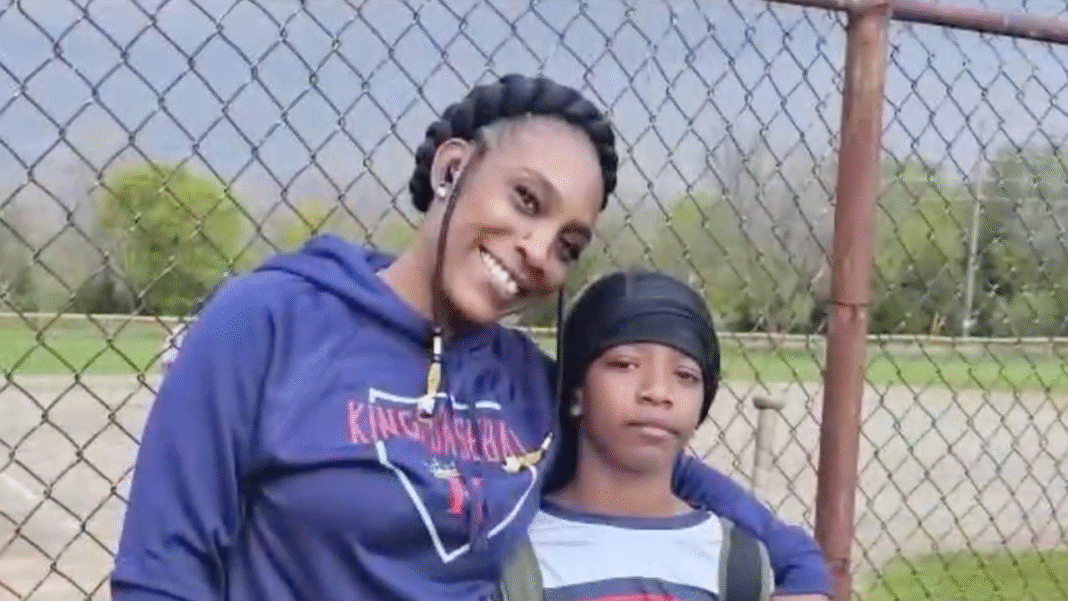A Mother’s Fight for Her Son’s Education After an Expulsion
In a troubling incident that highlights the complexities of school safety and discipline, Savitra McClurkin from Michigan is waging a heart-wrenching battle to get her 11-year-old son, Sakir, reinstated in school after his expulsion from Dwight Rich School of the Arts in Lansing. The controversy stems from actions taken in response to a peer’s firearm, raising questions about the appropriate measures surrounding student safety and the implications of disciplinary actions.
The Incident
In May, a serious incident unfolded at Dwight Rich School. Allegedly, another student brought a gun to school and showed it to Sakir in the bathroom. Understanding the severity of the situation and influenced by his hunting background, Sakir made the decision to dismantle the weapon, throw away the bullets, and hide the gun in a heater, prioritizing safety over self-preservation. As Savitra explained, her son was faced with an unprecedented scenario and acted as he thought best at that moment.
Yet, the aftermath of Sakir’s decision was anything but straightforward. Once other students witnessed him disassembling the gun, they reported his actions to teachers, which led to an investigation into the incident. The peer who brought the gun was taken into police custody, but Sakir faced different consequences that would dramatically affect his educational journey.
The School’s Response
In light of the incident, the school district conducted a thorough investigation, including a review of video footage and a disciplinary hearing. The district maintained that their decision to expel Sakir was necessary, emphasizing their commitment to the safety of students and staff. While they acknowledged that “disciplinary action would not have been warranted for disarming another student,” they defended their approach as aligned with safety protocols and policies.
Savitra expressed her frustration, stating, “I’m upset with everybody.” Her discontent is not solely aimed at the school district; she feels let down by teachers, administrators, and the broader community for how the situation has been managed. In her view, Sakir was acting to protect himself and others but was punished for it.
The Struggles of Re-enrollment
Since the expulsion, the McClurkin family has faced significant challenges in securing a new school for Sakir. So far, they have already been denied admission to four different schools due to the expulsion being on his record. In a situation where every day counts in a child’s developmental journey, Savitra’s fight has been met with obstacles. Unfortunately, the district has provided little guidance or alternatives to support them during this transition.
Though expulsion is a serious mark on any student’s record, many would argue that the context should be carefully considered, especially when a child’s intent appears to lean towards safety. Savitra has been proactive in keeping Sakir engaged, enrolling him in an unaccredited online program, and encouraging his participation in sports to keep him active and connected.
A Plea for Understanding
The emotional weight of this situation is palpable. During a Lansing School Board meeting, Savitra made an earnest plea, reminding the board that her son is just 11 years old and has never been in trouble before. “He’s a bright kid, and all he wants to do is be a kid,” she affirmed. The family’s current struggle underscores broader themes related to discipline, safety, and the responsibilities of educational institutions towards their students.
As Sakir’s situation grabs attention, it raises fundamental questions about how schools should navigate incidents involving weapons, the responsibility of districts to consider context, and the implications of imposing a blanket punishment on a child in a complex scenario. Amidst the arranged expulsion, the issues at play highlight the urgent need for dialogue around appropriate responses that prioritize the educational and emotional well-being of students.



